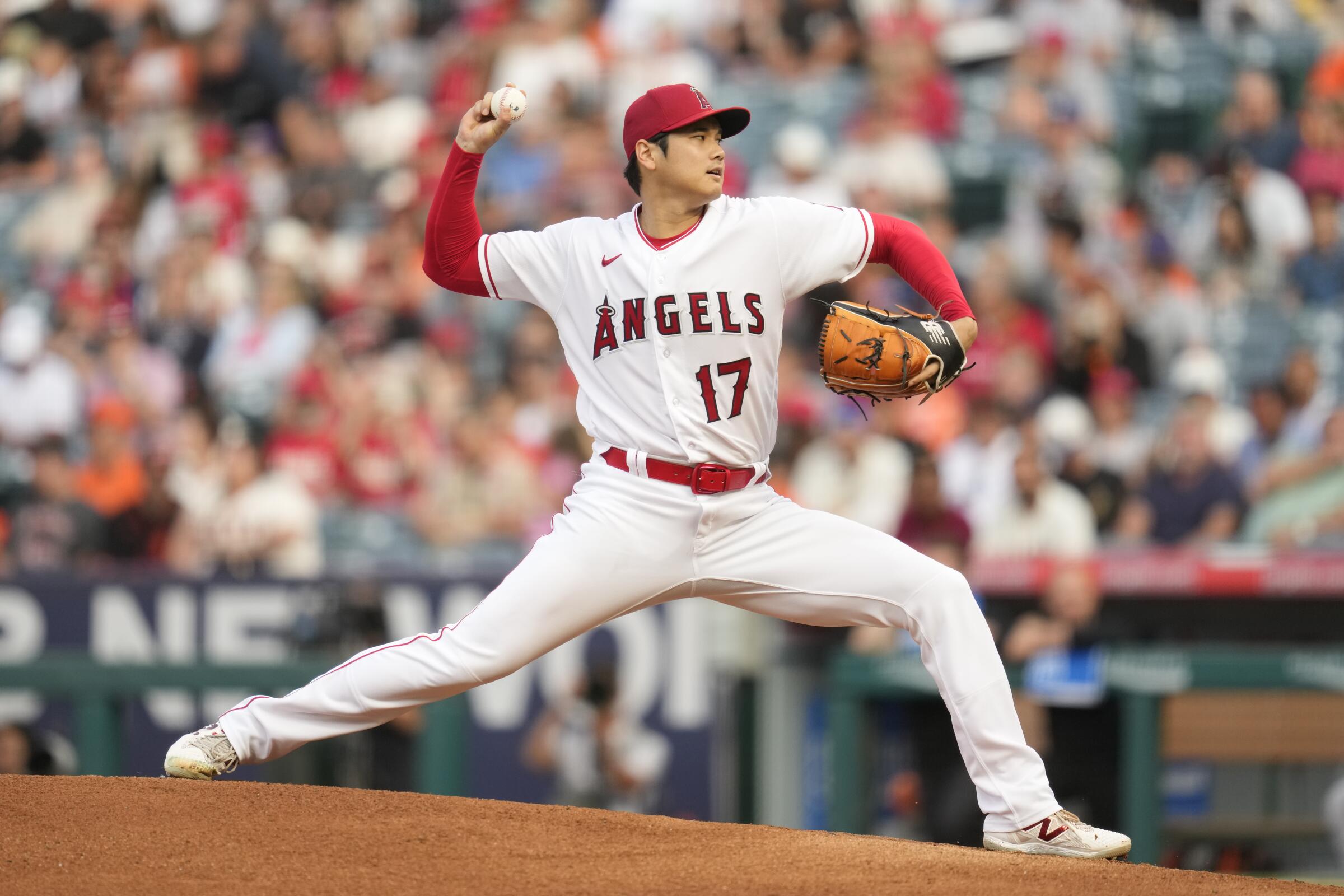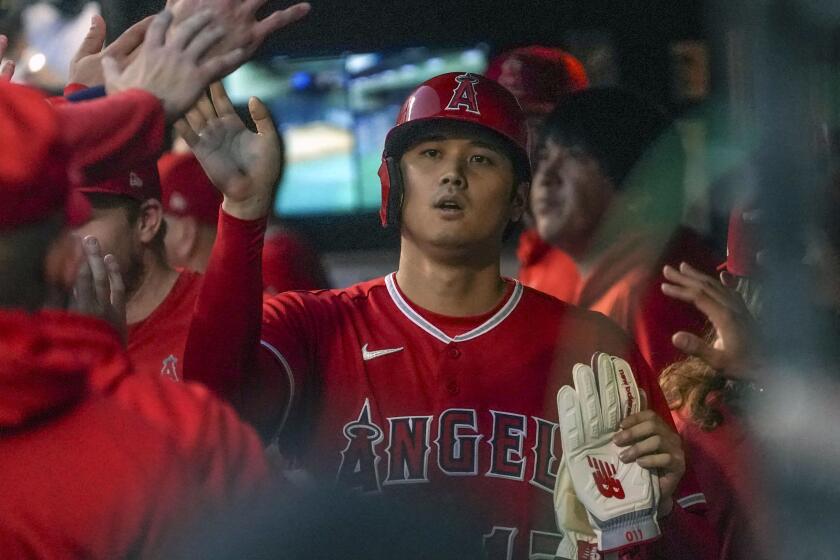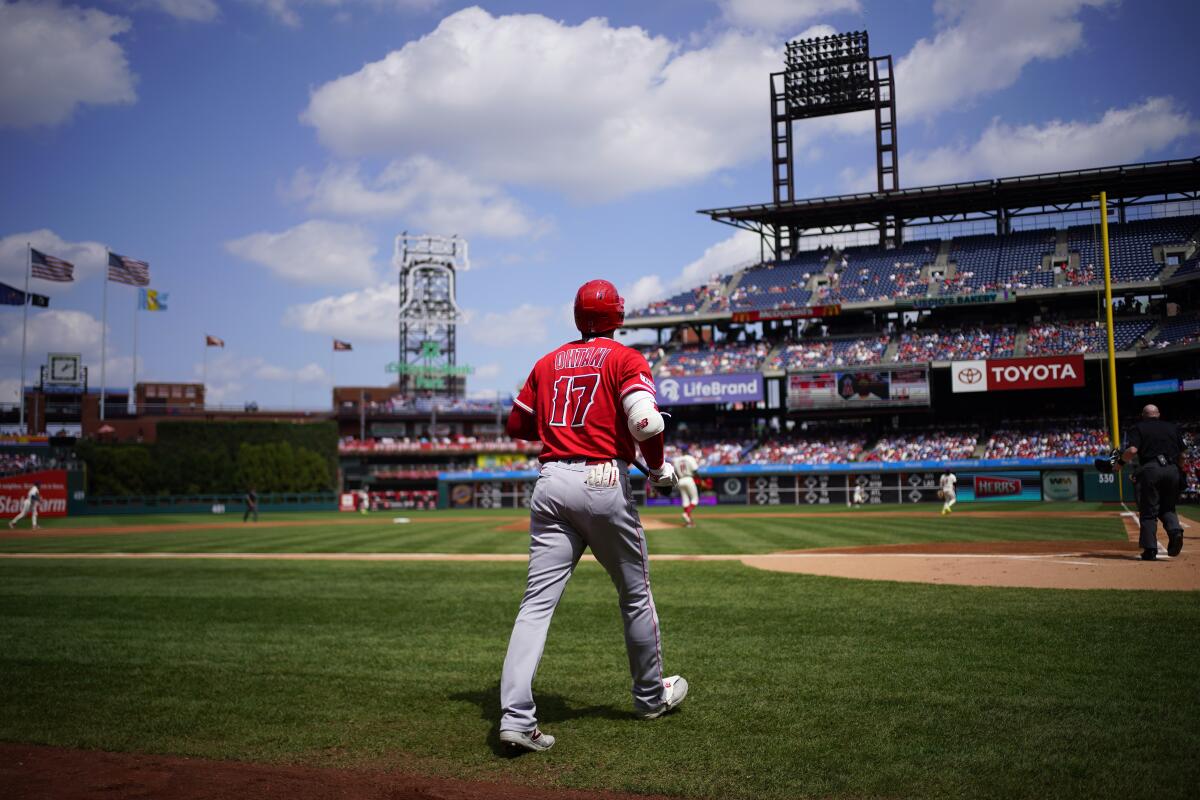Newsletter
Go beyond the scoreboard
Get the latest on L.A.'s teams in the daily Sports Report newsletter.
You may occasionally receive promotional content from the Los Angeles Times.
Follow Us
Sarah Valenzuela is the former Angels beat writer for the Los Angeles Times. She previously worked at the New York Daily News, where she covered the New York Liberty and contributed to coverage of the New York Mets and New York Yankees. Before that, the Queens native was a freelancer with bylines in Thrillist and Self Magazine, worked as a production assistant with SNY-TV and MLB.com and briefly was a general assignment reporter for the Bronx Times. Valenzuela graduated from Syracuse University’s Newhouse School of Public Communications.









